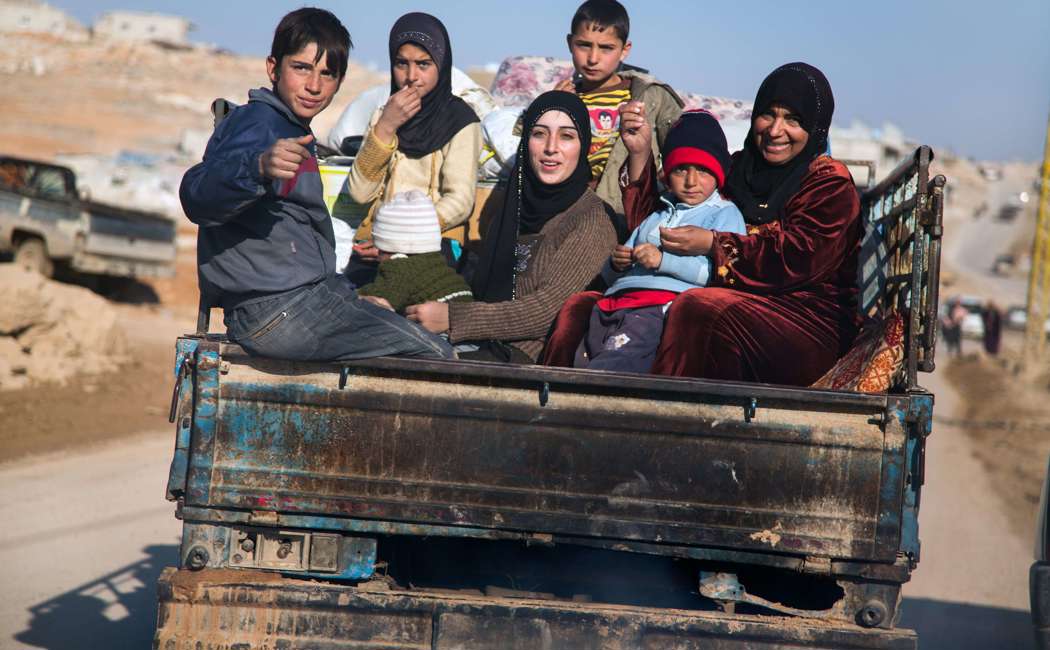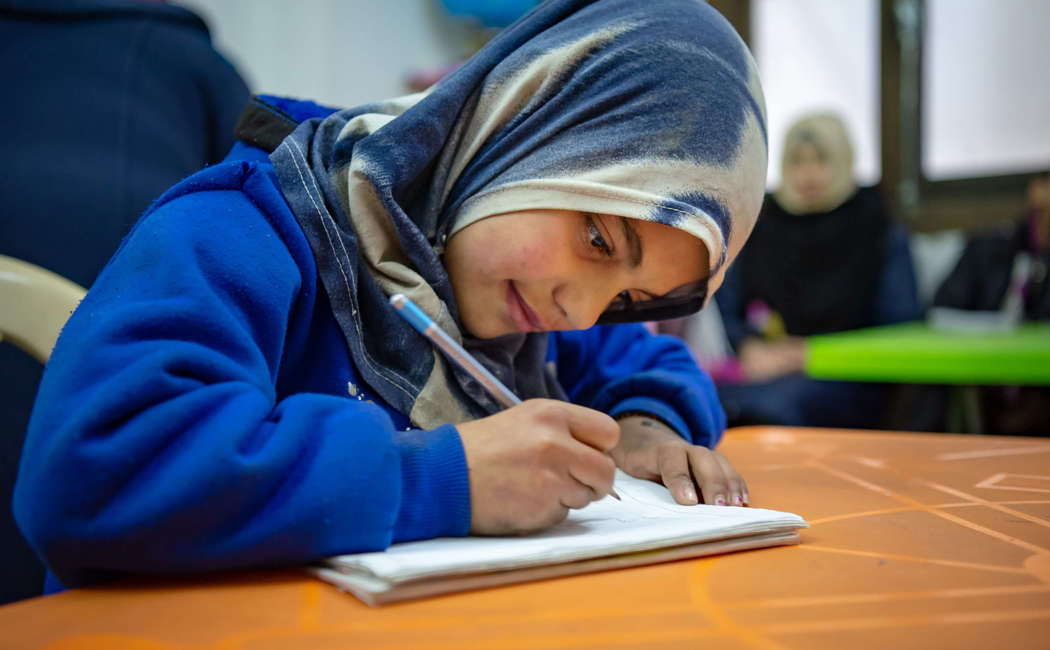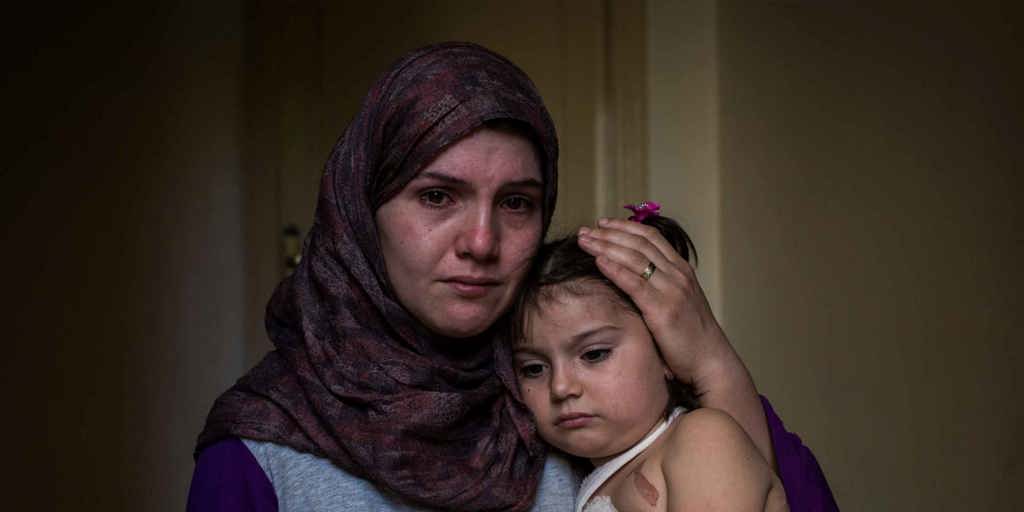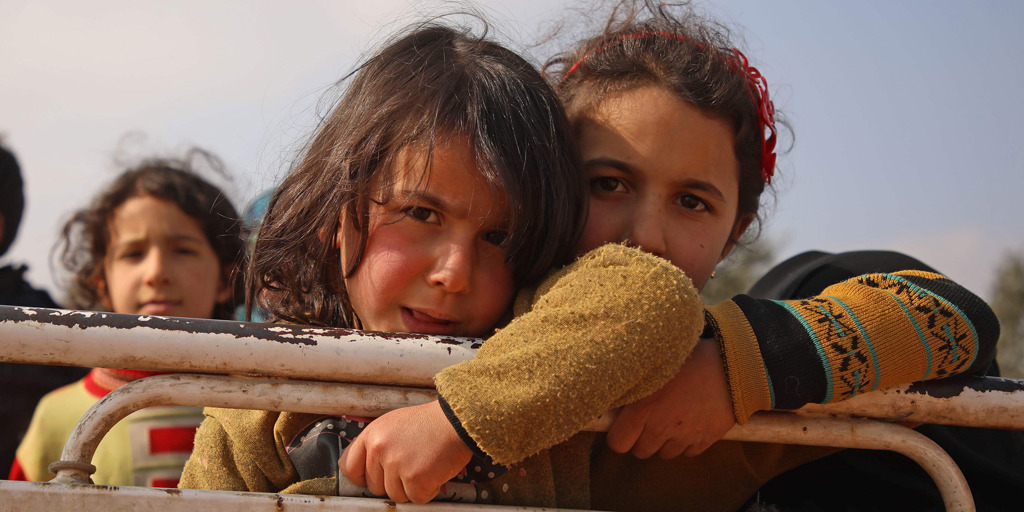What caused violence to break out? The Syrian refugee crisis is the result of a violent government crackdown on public demonstrations in support of a group of teenagers, who were arrested for anti-government graffiti in the southern town of Daraa. The arrests sparked public demonstrations throughout Syria, starting on March 15, 2011, which were violently suppressed by government security forces. Conflict quickly escalated and the country descended into civil war. Today, an estimated 11.1 million people inside Syria still need humanitarian assistance.
What’s life like for refugees in neighbouring countries? Host countries have been incredibly generous in supporting Syrian refugees, but life can be difficult.
Joelle’s parents struggled to find work in Lebanon, so she and her sister worked illegally as waitresses to support the family. “When government inspectors came, I remember hiding in the kitchen,” she says. “We were always scared, and we never felt like this was home.”
The current situation in Lebanon is particularly severe, due to the impact of the explosions in Beirut last year, and the pandemic’s effect on the economy. Nine out of 10 Syrian refugees – 89 per cent – now live in extreme poverty, compared to 55 per cent in 2019.
UNHCR has stepped up its cash assistance program throughout the region, delivering more than $33 million in emergency funds to approximately 51,000 refugee families since May.
How have women and children been affected by the crisis? The conflict has affected the lives of an entire generation of Syrian children. Even before the pandemic, over one-third of Syrian children didn’t have access to education, and the situation has worsened since then.
At the end of last year, more than 1.2 million Syrian refugee girls and boys aged five to 17 were enrolled in formal education, a drop of 106,000 since the previous year. When refugee families are struggling, they often have to make the difficult decision to pull their children out of school and send them to work. Cash assistance has a positive impact on children – with research showing that it decreases child labour and increases schooling.
In Lebanon, Joelle was able to attend school but her family’s precarious situation meant she had to work whenever she could. University was out of reach. “Yet even though I missed out on childhood in some ways, and I wish I hadn’t had all that responsibility as a child, in a way it made me stronger,” she says. “I feel proud of myself. I know that whatever life throws at me, I can cope.”


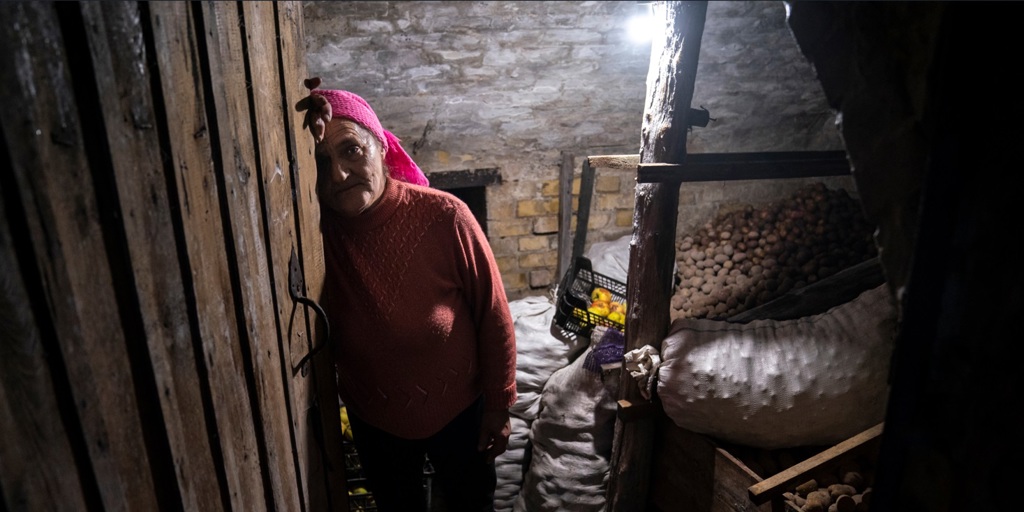
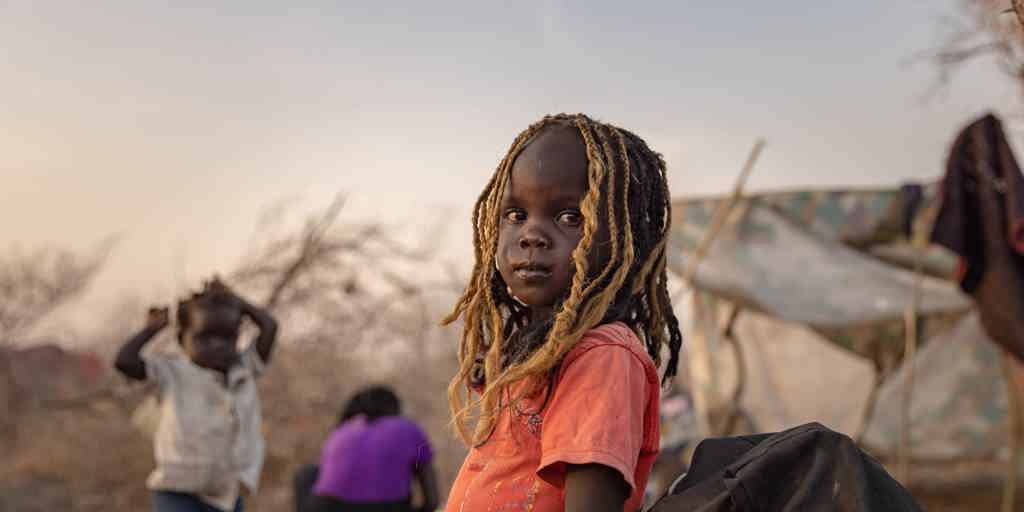
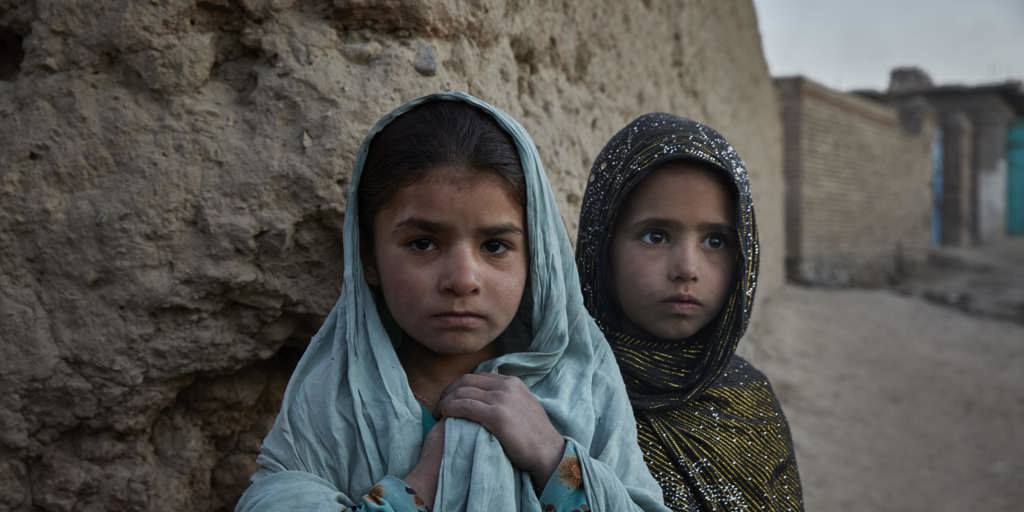
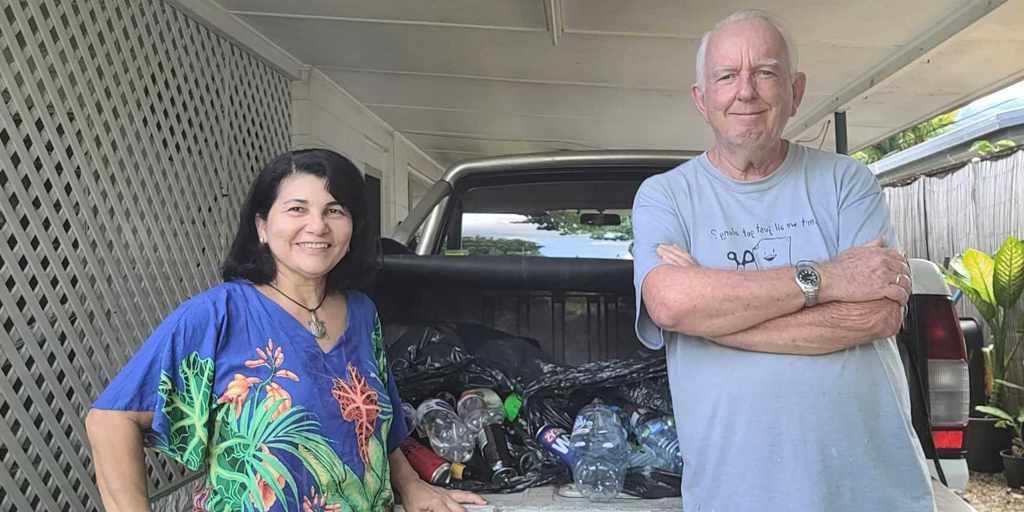
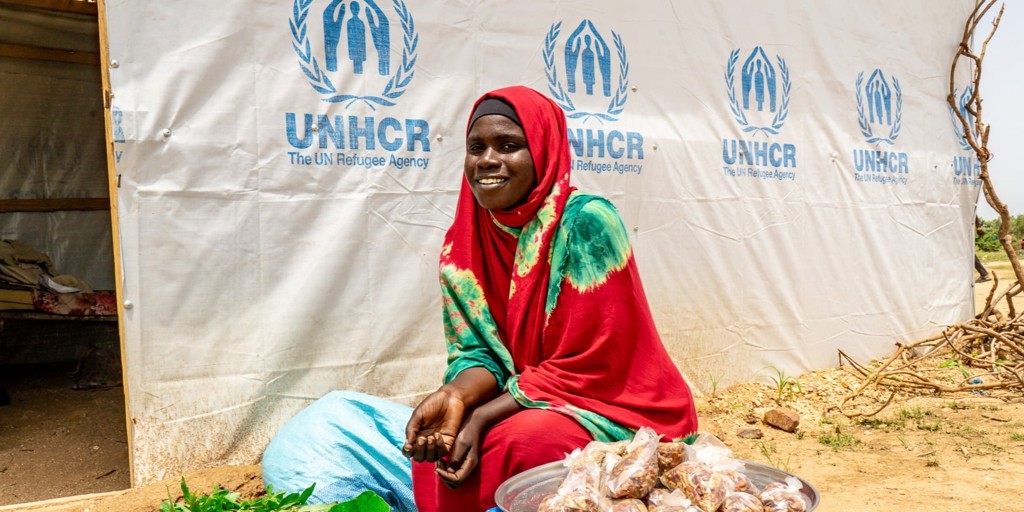
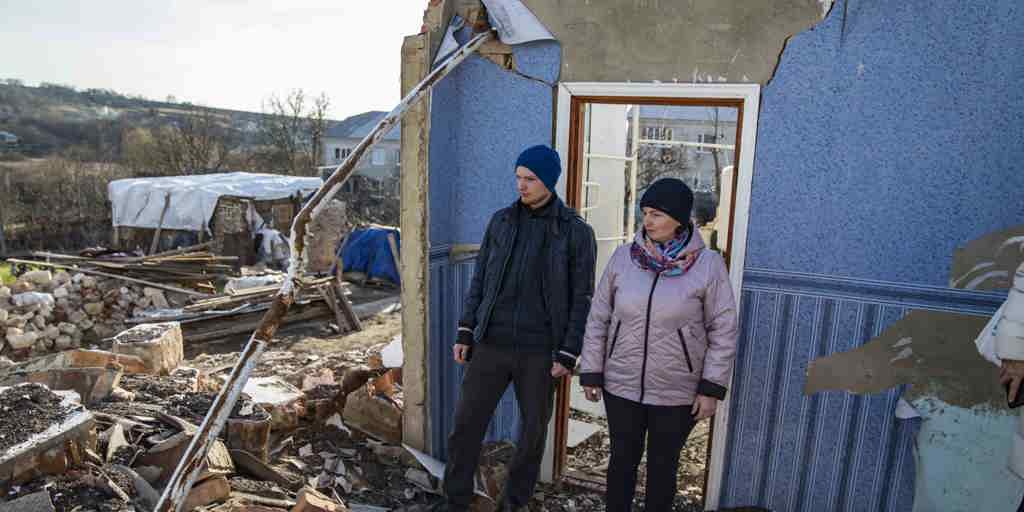
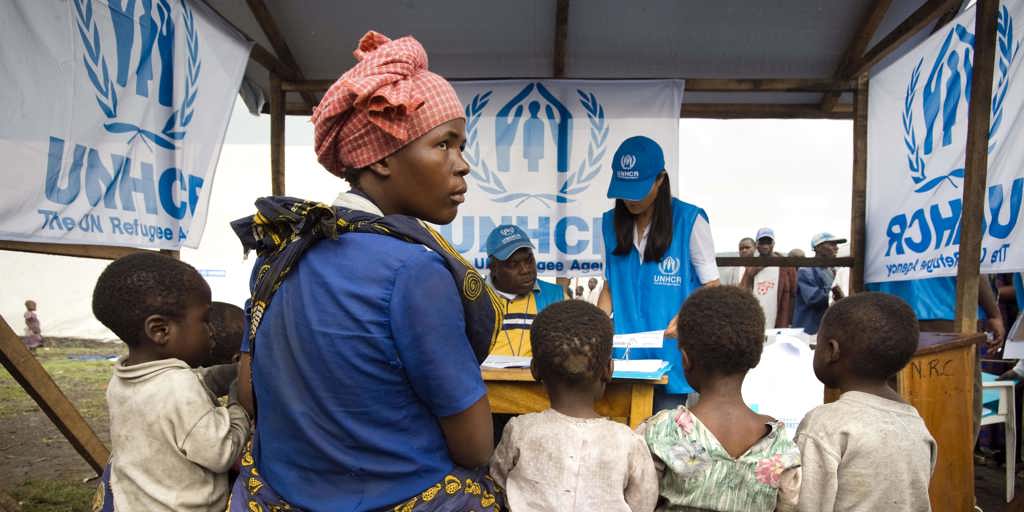


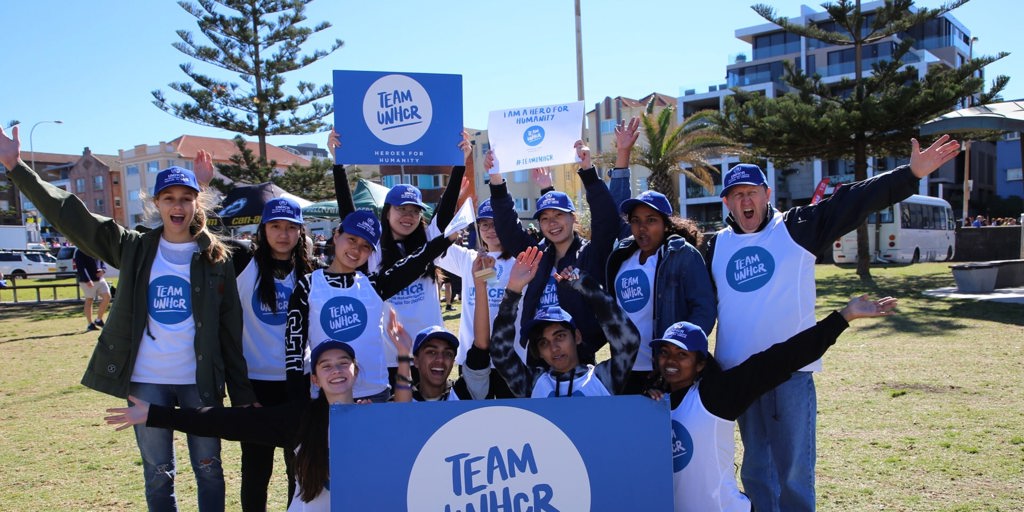
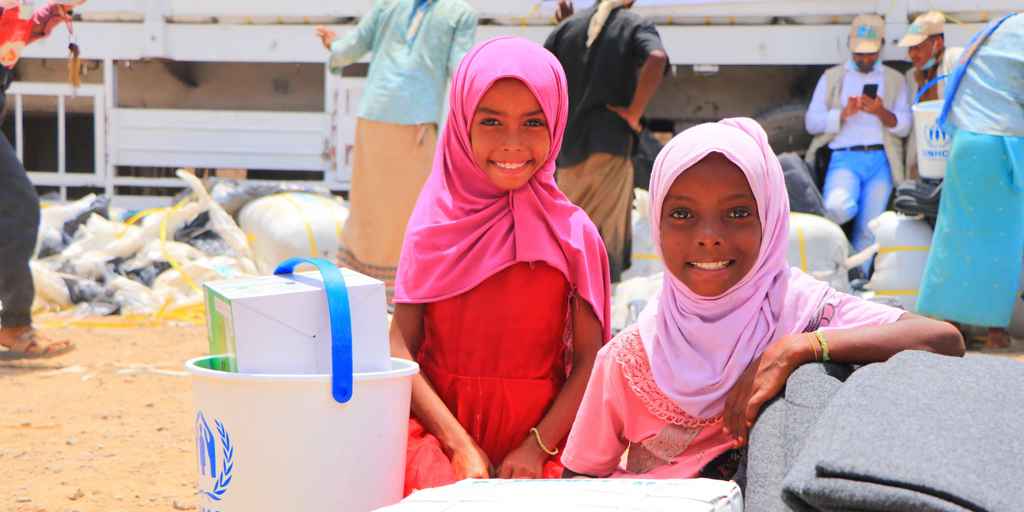
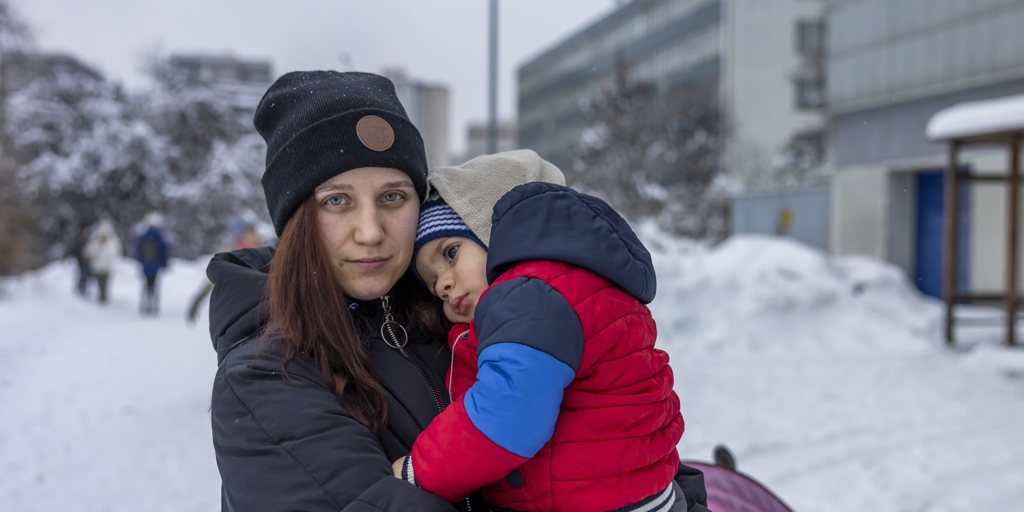
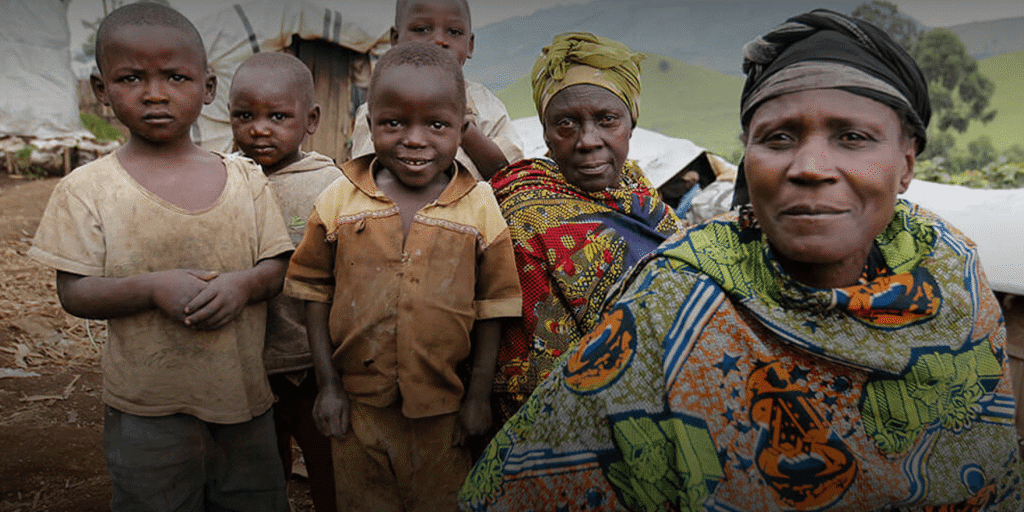
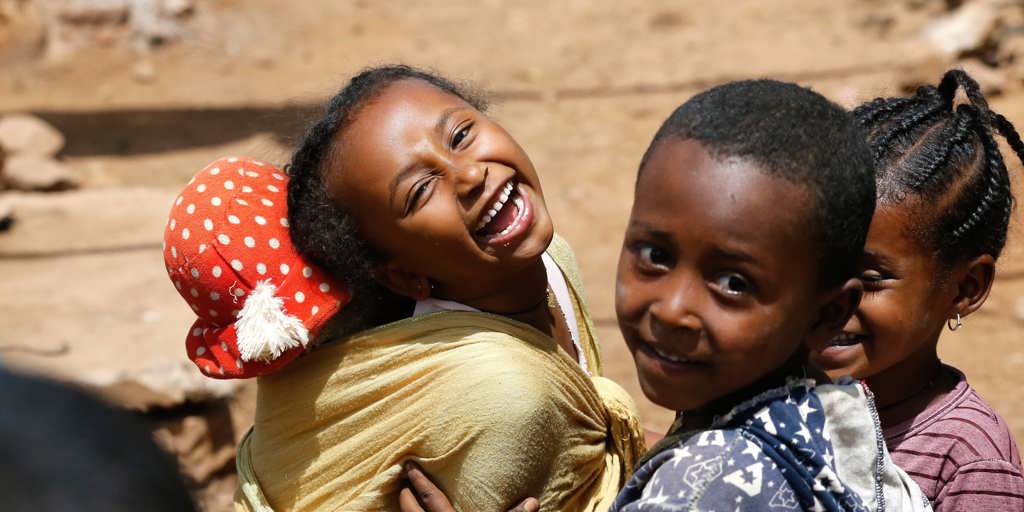

 Syria
Syria
